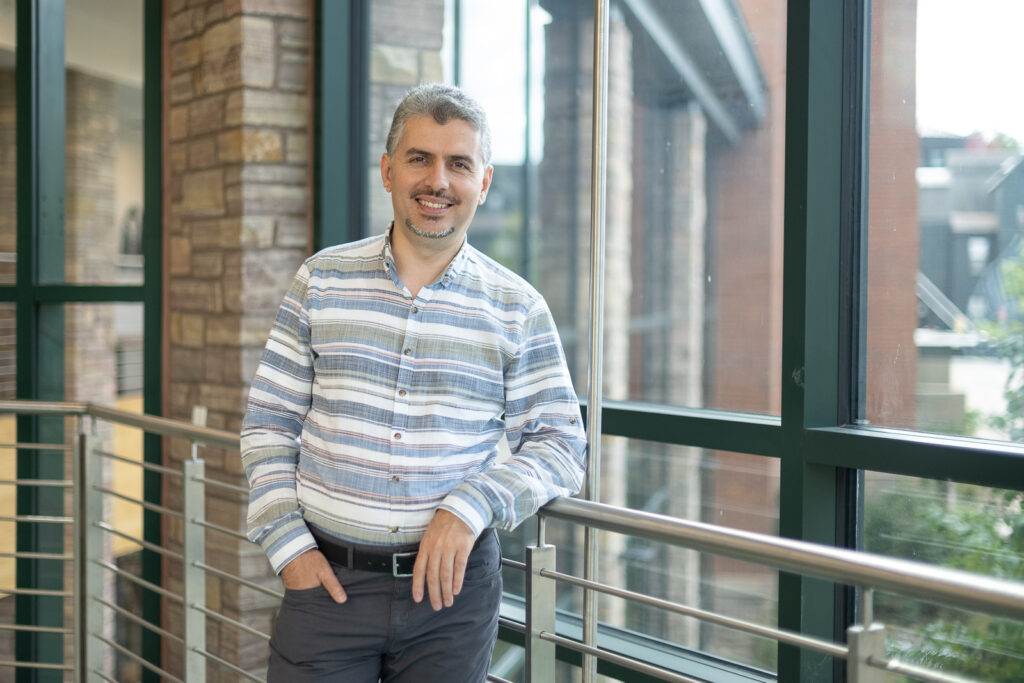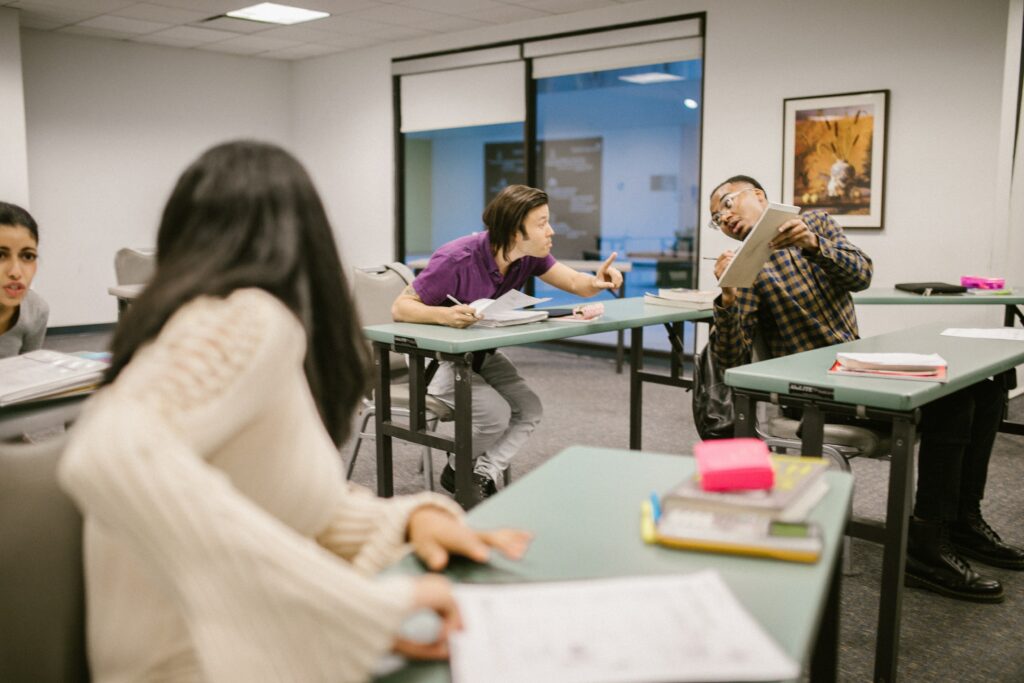
“Learning Together: A Case Study in Applying Peer Learning to a Computer Science Curriculum”
As our research focused on the efficacy of different teaching methods in the classroom, we needed to balance the needs of our research with the needs of our students when designing our research methodology. To ensure that collecting useful data didn’t come at the expense of our students’ learning experience, we designed our research as a case study where we worked to design a better curriculum using peer learning techniques and reported what we learned from the experience.

The research, data cleaning, statistical analysis, and writing of our paper were all directly impacted by the pandemic, which meant that we had to collaborate closely without having the opportunity to meet in person. This meant scheduling regular meetings and email exchanges to ensure we were on the same page regarding our progress and to plan what to work on next, much like how agile teams in the software engineering field will schedule daily standup meetings.
Our main goals for course learning outcomes were to improve student engagement and add value to our students’ education using peer learning techniques. Specifically, we designed a curriculum where students can read other students’ submissions and leave feedback so they can learn from one another. The goal of our research is to provide guidance for other educators on how to incorporate peer learning into their classroom.
Additional Resources:
- Designing student peer assessment in higher education: analysis of written and oral peer feedback
- A Classroom Study of Using Crowd Feedback in the Iterative Design Process
- Crowd-Sourced Peer Feedback (CPF) for Learning Community Engagement: Results and Reflections from a Pilot Study
- The nature, reception, and use of online peer feedback in higher education
- Collaborative writing tasks and peer interaction
